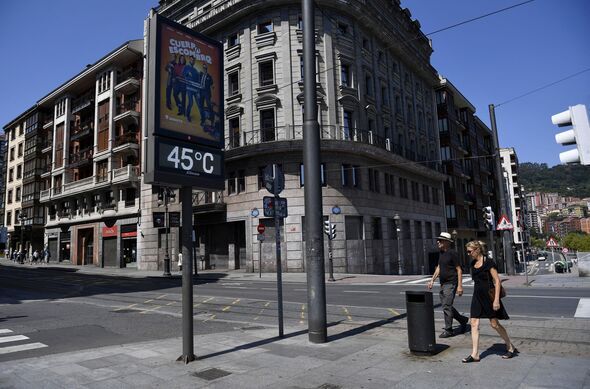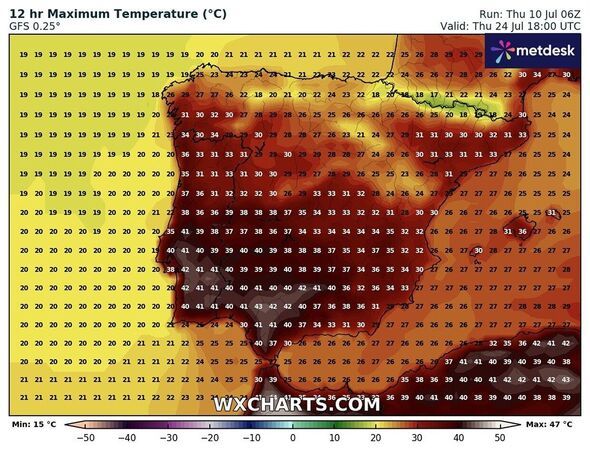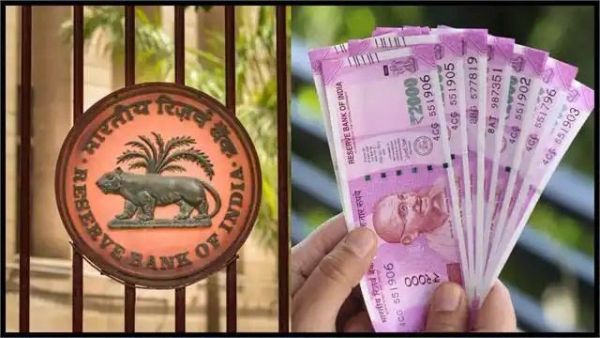
Europe has been hit with blistering heatwave, sending temperatures soaring to a blistering 46C and prompting safety warnings for motorists. Spain and Portugal saw record-breaking June temperatures of up to 43C, posing serious risks beyond the discomfort of a hot car. Kazimieras Urbonas, supplier excellence manager at Ovoko, noted a significant increase in vehicle breakdowns when temperatures spike.
He said: "Most people don't realise how much extreme heat can affect both their vehicle's performance and their own safety on the road. There's actually a sweet spot during the day when driving conditions are much safer."
Urbonas suggested ariming for early morning journeys between 6am and 10am, which can help protect vehicles from the intense heat.

He said: "If you must drive after 10am, make it a brief journey or break it into segments with planned stops before 1pm. Never attempt long-distance travel during peak heat hours."
The motoring expert also urged motorists not to drive in the midday heat, as extreme temperatures can cause parts of the car to break.
He cautioned: "Heat-related vehicle failures spike dramatically during extreme weather, and we see this reflected in the surge of parts orders for cooling systems, radiators, and air conditioning components during heatwaves."
Urbonas explained that a car's enging is designed to operate typically at around 90C-100C, with the system working harder when it's hotter outside.
He said: "The radiator struggles to dissipate heat, the air conditioning compressor is under constant load, and even your tires are at risk of failure from overheated road surfaces."

The car expert added: "Push them beyond their limits during a heatwave, and you're looking at expensive repairs - or worse, being stranded on a motorway in dangerous conditions.
"When extreme heat turns roads into danger zones, timing becomes your most powerful safety tool."
The dangers of intense heat also affect drivers, as it can cause fatigue, slower reaction times, and impaired judgment due to dehydration.
It's crucial to monitor the car's temperature and stop immediately if it hits the red zone, as this could cause "thousands of pounds in engine damage", Urbonas said.









